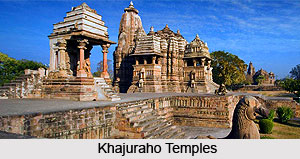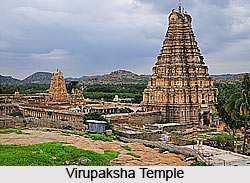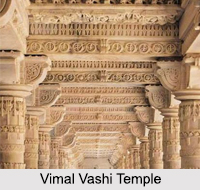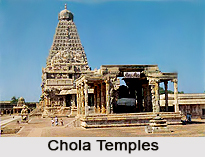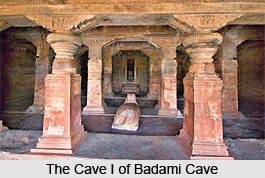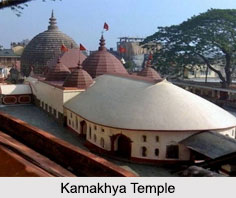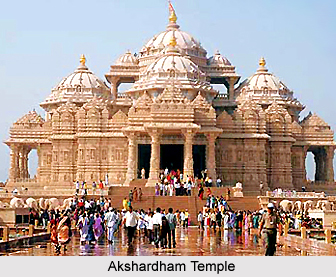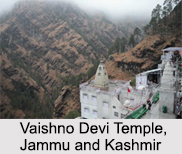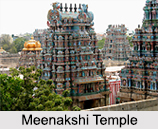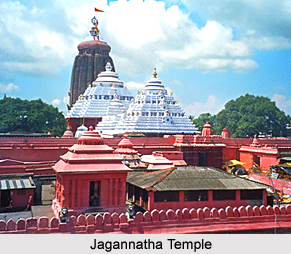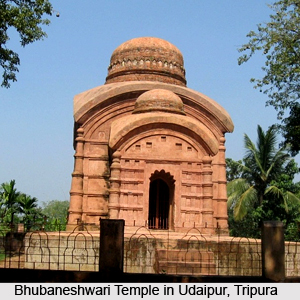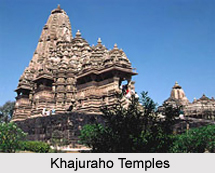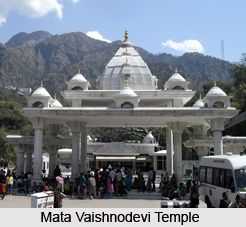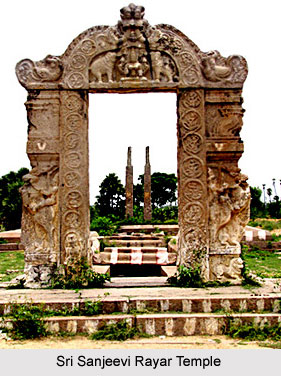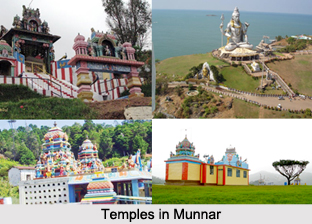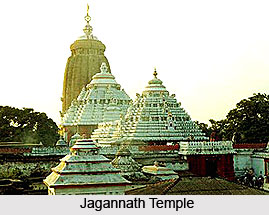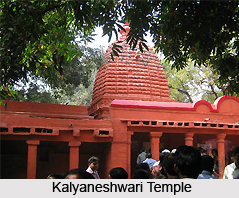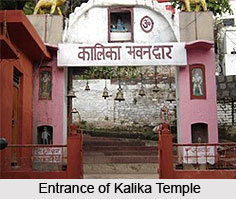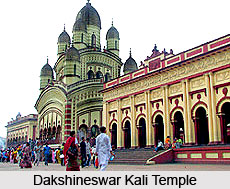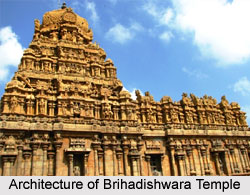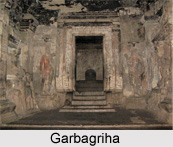 Banam Suyal is situated at a distance of about 41 kilometres from Almora in Uttarakhand. It is one of the Valabhi temples in North India. It is approachable by a hilly trek from Artola on Almora Pithoragarh road and from lamgada on Almora-Devidhuara road. This village comprises of a group of temples known as Trinetresvara Madir Samuha. It was brought to light during to village to village exploration carried out under the Uttar Pradesh state Archaeology Department in 1981. This group of temples is built on the left bank of the Suyal River. The main temple of this group also called as Trinetresvara Mahadeva is a beautiful example of Valabhi order. The ground plan of this temple consists of a rectangular Garbagriha, a short of Kapila and a mandapa respectively. The internal and external measurement is 0.4x0.66. The internal measurement of the mandapa is about 1.35 sq m.
Banam Suyal is situated at a distance of about 41 kilometres from Almora in Uttarakhand. It is one of the Valabhi temples in North India. It is approachable by a hilly trek from Artola on Almora Pithoragarh road and from lamgada on Almora-Devidhuara road. This village comprises of a group of temples known as Trinetresvara Madir Samuha. It was brought to light during to village to village exploration carried out under the Uttar Pradesh state Archaeology Department in 1981. This group of temples is built on the left bank of the Suyal River. The main temple of this group also called as Trinetresvara Mahadeva is a beautiful example of Valabhi order. The ground plan of this temple consists of a rectangular Garbagriha, a short of Kapila and a mandapa respectively. The internal and external measurement is 0.4x0.66. The internal measurement of the mandapa is about 1.35 sq m.
About 3.25 high Trinetreswara Temple stands on a simple prasadapitha. The elevation of the temple includes a simple low adhisthana, vedibandha, anghaand a shikhara. Adhisthana is composed of three plain bhittas. The vedibandha is elevated by Khura, Kumbha, plain antar pattika and kapotali mouldings. The janha bhaga is plain having simple karnastambhas and plain pattikas capped by a kapotapali on upper end. The southern kapotapali bears an inscription beginning with `bhatta bhavadatasya...`
The shikhara composed in two tiers, placed above the jangha bhagais divided by a plain antarpatra. It is composed of a skandhavedi surmounted by a Valabhi. Longer parsvas of the skandhavedi and valabhi are plain. Their shorter parsavas however have ornate sursenakas comprising small shivalingaand three headed mahadeva figure in their lower and upper portions respectively. A gajakranta-simha is placed above the valabhi on each side end. The whole of the shikhara is crowned by a large dominating kastha-chhatra i.e. wooden canopy of the Himalayan tradition.
Upper portions of the kapila and mandapa are reconstructed. The pravesadvara and internal portions of the garbagriha and kapila are plain. On the basis of the architectural features of the temple and palaeography of the inscription engraved on it, this temple may be declared to have been built in the earlier half of the 8th century.
